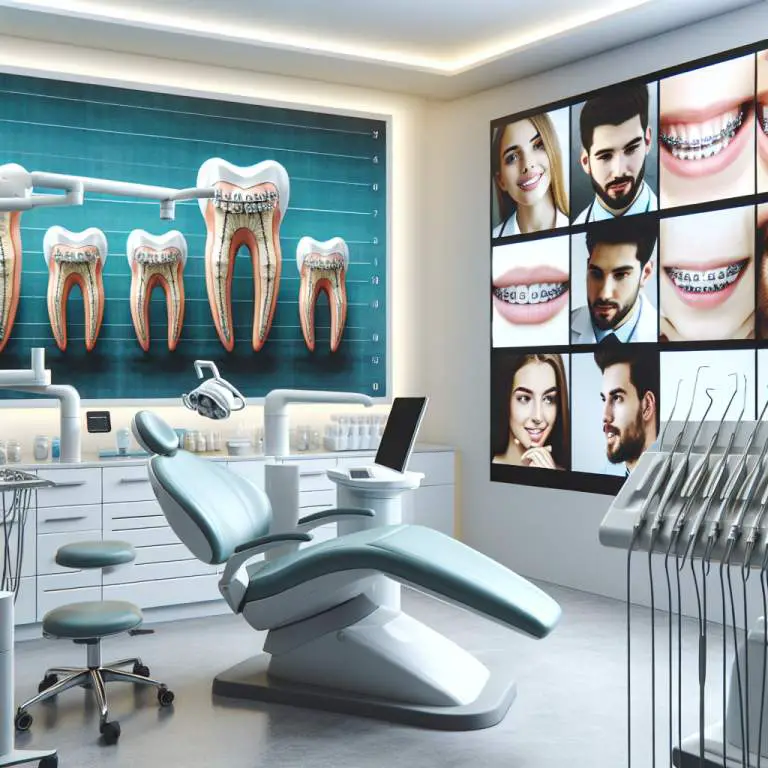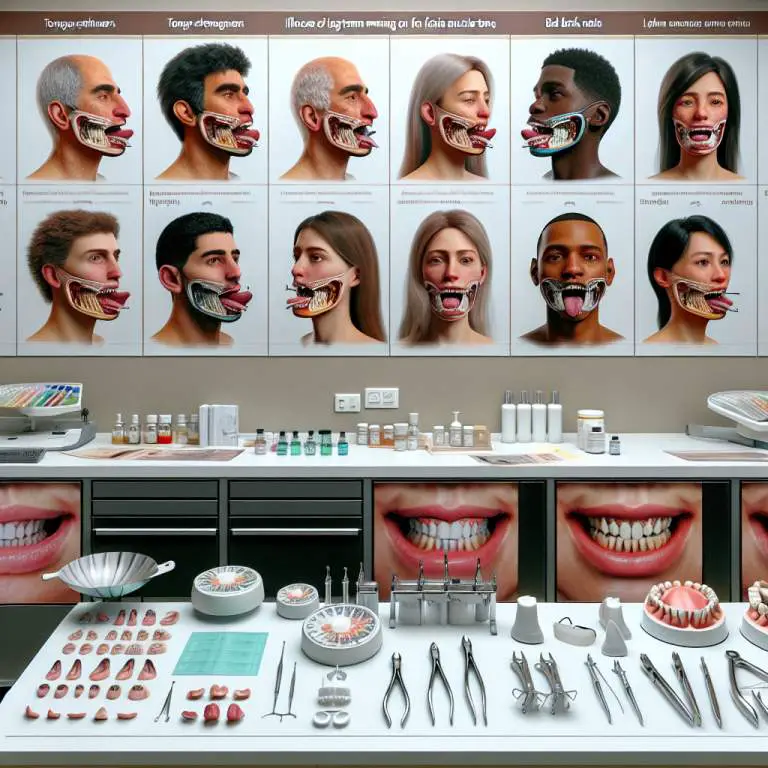How do long-term mewing practices affect overall posture and spinal alignment?
Long-term mewing practices can improve overall posture and spinal alignment by encouraging proper tongue placement, which in turn helps align the head correctly over the body. This alignment reduces strain on the neck and back, promoting a more natural and upright posture. Over time, this can lead to significant improvements in spinal health and reduce discomfort related to poor posture.

How Does Mewing Influence Facial Structure Over Time?
Mewing is a technique that involves placing your tongue against the roof of your mouth. This position is supposed to help shape your face as you grow. People who practice mewing believe it makes their jawline sharper and their face more attractive over time.
When you mew, you’re using muscles in a way they’re not used to. This can lead to changes in how your face looks after a while. The idea is that by keeping your tongue pressed up, you encourage your jaw and other facial bones to grow in a certain way. But remember, these changes don’t happen overnight. It takes patience and consistent effort.
What Are the Immediate Effects of Mewing on Posture?
Mewing doesn’t just potentially change how your face looks; it might also affect your posture right away. When you position your tongue correctly on the roof of your mouth, it can help align your head better over your body. This means you might stand straighter without even trying too hard.
This better alignment can make you feel more balanced and less tired because your muscles are working more efficiently. So, while mewing is often talked about for its effects on the face, it could also make you carry yourself differently almost as soon as you start doing it.
Can Mewing Impact Spinal Alignment Directly or Indirectly?
Mewing might have an indirect effect on how straight your spine is. Since mewing can improve how you hold up your head and neck, this better posture can go all the way down to your spine. A well-aligned head often leads to a straighter spine because the body likes to keep everything in balance.
However, mewing isn’t a quick fix for serious spinal issues. While it may help with minor posture problems by encouraging good habits, anyone with significant spinal alignment concerns should see a healthcare professional for advice tailored specifically to them.
How Do Proper Tongue Posture and Breathing Techniques Contribute to Postural Stability?
Proper tongue posture from mewing goes hand-in-hand with breathing techniques that can further enhance postural stability. When you breathe deeply and correctly, it engages and strengthens core muscles which are crucial for maintaining good posture.
Besides helping with facial structure, practicing proper tongue placement encourages nasal breathing over mouth breathing. Nasal breathing is healthier and helps keep the body aligned by promoting diaphragmatic breathing rather than shallow chest breaths. This combination of proper tongue posture and effective breathing techniques supports overall postural stability by strengthening core muscles and encouraging healthy habits.
| Benefit | Description |
|---|---|
| Improved Jawline Definition | Mewing can help define the jawline by encouraging proper tongue posture, which in turn may lead to a more aesthetically pleasing jawline. |
| Better Breathing | Correct tongue posture can open up the airway, potentially improving breathing both during the day and at night. |
| Reduced Neck and Shoulder Tension | Proper oral posture can align the head better over the body, reducing strain on neck and shoulder muscles. |
| Enhanced Facial Symmetry | Sustained mewing practice may contribute to more balanced facial features by promoting symmetrical muscle use. |
| Improved Dental Health | Maintaining correct tongue position helps in evenly distributing pressure across all teeth, possibly leading to improved dental health over time. |
| Better Overall Posture | The alignment of the jaw and neck can influence spinal posture; thus, mewing might indirectly support better overall body posture. |
What Evidence Supports the Connection Between Mewing and Improved Posture?
Evidence linking mewing to better posture comes from both scientific studies and personal accounts. Researchers have found that correct tongue position can help align the spine. This is because when your tongue rests properly, it supports your jaw and neck muscles.
Many people who practice mewing share their experiences online. They say that over time, mewing has helped them stand straighter. While these stories are not scientific proof, they add to the evidence that mewing might improve posture.
Are There Any Risks or Downsides to Long-Term Mewing Practices?
Mewing is generally safe, but there are some risks if done incorrectly. For example, pushing the tongue too hard against the teeth can cause dental issues. It’s important to learn the correct technique before starting.
Another downside is that changes take time and effort. Some people may feel discouraged if they don’t see immediate results. Patience and consistency are key when practicing mewing for long-term benefits.
How Can Individuals Incorporate Mewing into Their Daily Routine for Maximum Benefit?
To get the most out of mewing, make it a part of your daily routine. Start by practicing the correct tongue posture several times a day until it feels natural. You can do this while working at your desk or watching TV.
Also, pay attention to your overall posture throughout the day. Combining good body posture with proper tongue position enhances the benefits of mewing. Over time, these practices can become second nature, leading to improved posture and health.
Final Thoughts
Mewing has gained attention for its potential to improve facial structure and posture over time. While more research is needed to fully understand its effects, current evidence suggests it could be beneficial.
If you’re considering trying mewing, remember to start slowly and focus on proper technique. With patience and consistency, incorporating mewing into your daily routine could lead to noticeable improvements in your posture and well-being.






